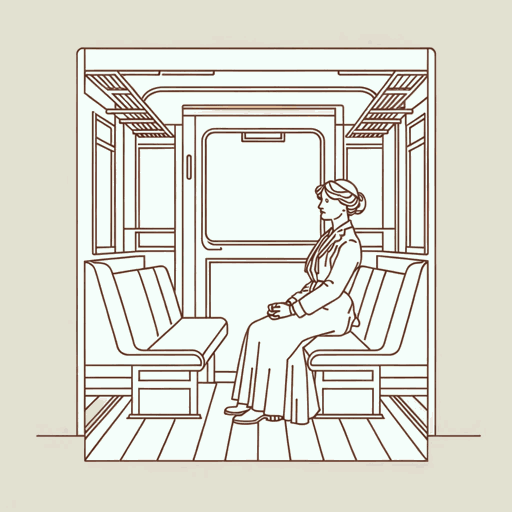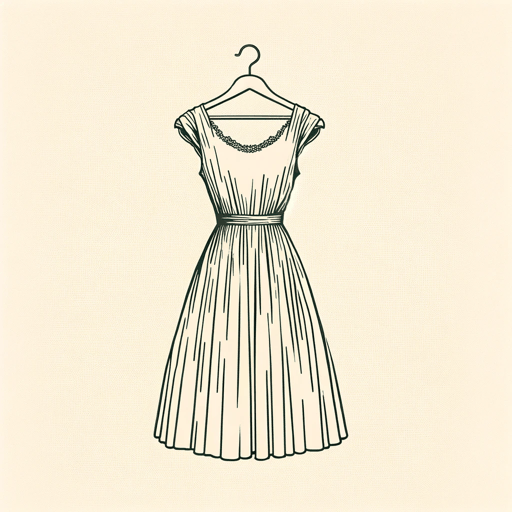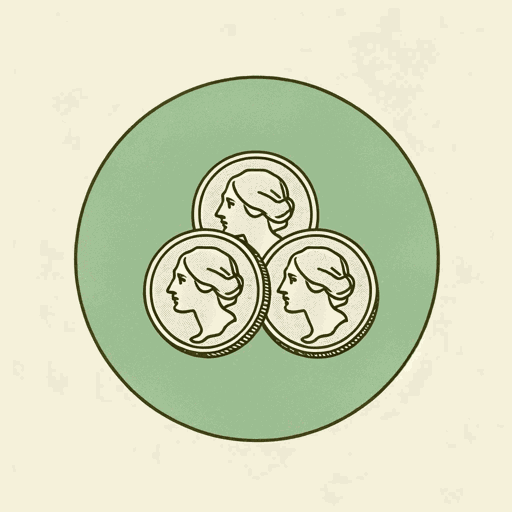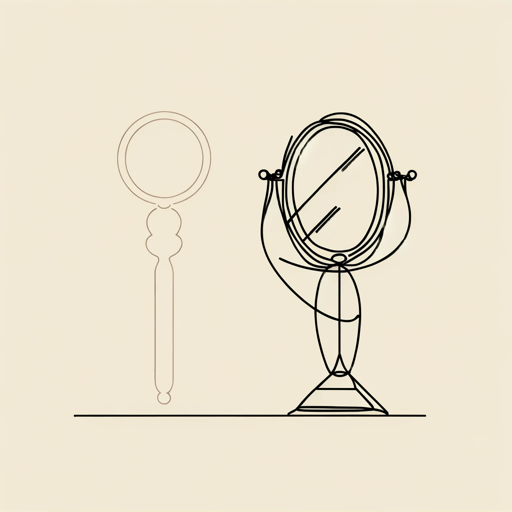30 pages • 1 hour read
Virginia WoolfThe Lady in the Looking Glass
Fiction | Short Story | Adult | Published in 1960A modern alternative to SparkNotes and CliffsNotes, SuperSummary offers high-quality Study Guides with detailed chapter summaries and analysis of major themes, characters, and more.
Themes
Perception Versus Reality
The juxtaposition and conflict between perception and reality is the underlying theme that supports the narrative of “The Lady in the Looking Glass.” The story uses the character of Isabella to move through changing perceptions granted by the looking glass’s reflection. The constant shift of perception highlights the subjective nature of reality and the human experience.
The looking glass situated in Isabella Tyson’s drawing room offers a very particular vantage point: The narrator (and reader) can see her drawing room and a slice of her house and garden as reflected in the mirror. These physical attributes are discussed by the narrator as a means to understand who Isabella is. Not only that; the narrator engages with the extent to which these external things can be expressive of her as a person. Her extravagantly decorated home offers the conclusion that she is well traveled and rich, her garden and the fact that she is walking leisurely through it suggests that she is outside snipping flowers. The locked drawers represent the sense that Isabella herself is locked away, and that the 







Related Titles
By Virginia Woolf

A Haunted House
Virginia Woolf

A Haunted House and Other Short Stories
Virginia Woolf

A Room of One's Own
Virginia Woolf

Between The Acts
Virginia Woolf

How Should One Read a Book?
Virginia Woolf

Jacob's Room
Virginia Woolf

Kew Gardens
Virginia Woolf

Modern Fiction
Virginia Woolf

Moments of Being
Virginia Woolf

Mr. Bennett and Mrs. Brown
Virginia Woolf

Mrs. Dalloway
Virginia Woolf

Orlando
Virginia Woolf

The Death of the Moth
Virginia Woolf

The Duchess and the Jeweller
Virginia Woolf

The Mark on the Wall
Virginia Woolf

The New Dress
Virginia Woolf

The Voyage Out
Virginia Woolf

The Waves
Virginia Woolf

Three Guineas
Virginia Woolf

To the Lighthouse
Virginia Woolf
